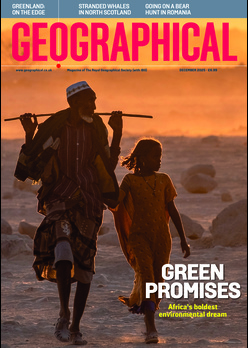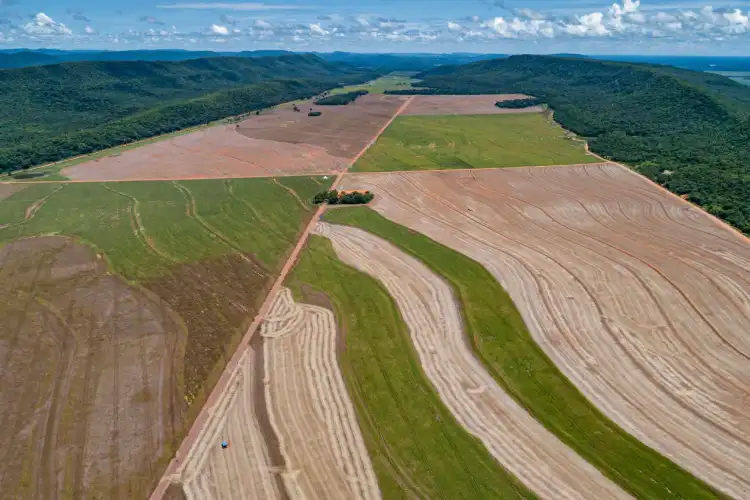
Western imports are driving deforestation in the global south, reveals a new report
By
When we think of deforestation, Indonesia’s palm oil plantations or Brazil’s cattle pastures might spring to mind. But a new study from Princeton University reveals that much of the destruction is being outsourced — by wealthy nations. These countries, while appearing green at home, are driving devastating biodiversity loss abroad through their insatiable demand for commodities.
By analysing trade data, species range maps, and deforestation rates from 2001–2015, the researchers found that 24 high-income countries are directly linked to habitat destruction across more than 7,500 forest species. Shockingly, some of these countries are responsible for up to 15 times more habitat loss overseas than within their own borders.
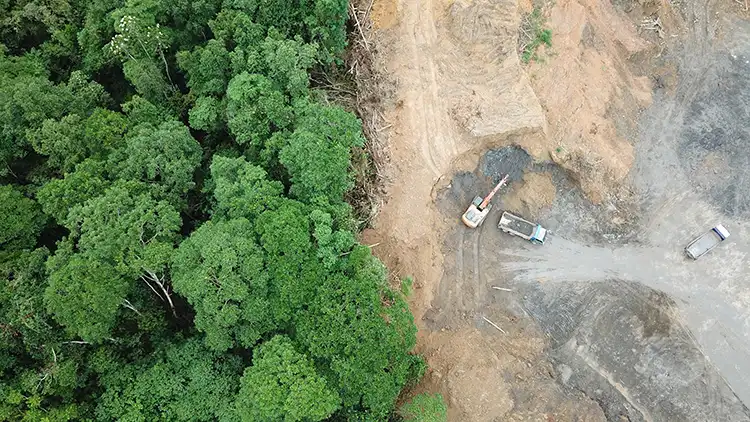
The researchers used the concept of species range equivalents (SREs) — a metric expressing how much of a species’ range is lost as a result of deforestation. For some countries, this impact was measured in the tens of thousands of lost range units — a devastating toll for biodiversity.
The study links specific commodities — including soy, palm oil, timber, cocoa, and beef — to biodiversity losses in producing regions. The biodiversity footprint of our consumption isn’t abstract. It’s palm oil from Borneo, soy from Brazil, cocoa from Côte d’Ivoire — each hectare cleared chips away at the homes of forest elephants, lemurs, and hundreds of lesser-known species.
Despite its small size, the UK punches far above its weight when it comes to imported deforestation. A WWF and RSPB report revealed that British imports of just seven high-risk commodities — soy (used mainly in animal feed), cocoa, palm oil, beef and leather, paper, rubber, and timber — require land roughly the size of 88 per cent of the UK each year. Much of this comes from countries with high deforestation risk and weak environmental protections.
Hotspots and vanilla booms
Madagascar, Papua New Guinea, and parts of Southeast Asia (especially Borneo and Sumatra) emerged as primary hotspots of biodiversity loss caused by trade from wealthier countries. Madagascar is one of the starkest examples of this trend. Nearly half of all habitat losses traced to wealthy nations occurred there, largely driven by a boom in vanilla farming. The price surge in 2014 was a financial lifeline for local communities, but came at a steep ecological cost: widespread deforestation across the island.
The countries causing the most damage
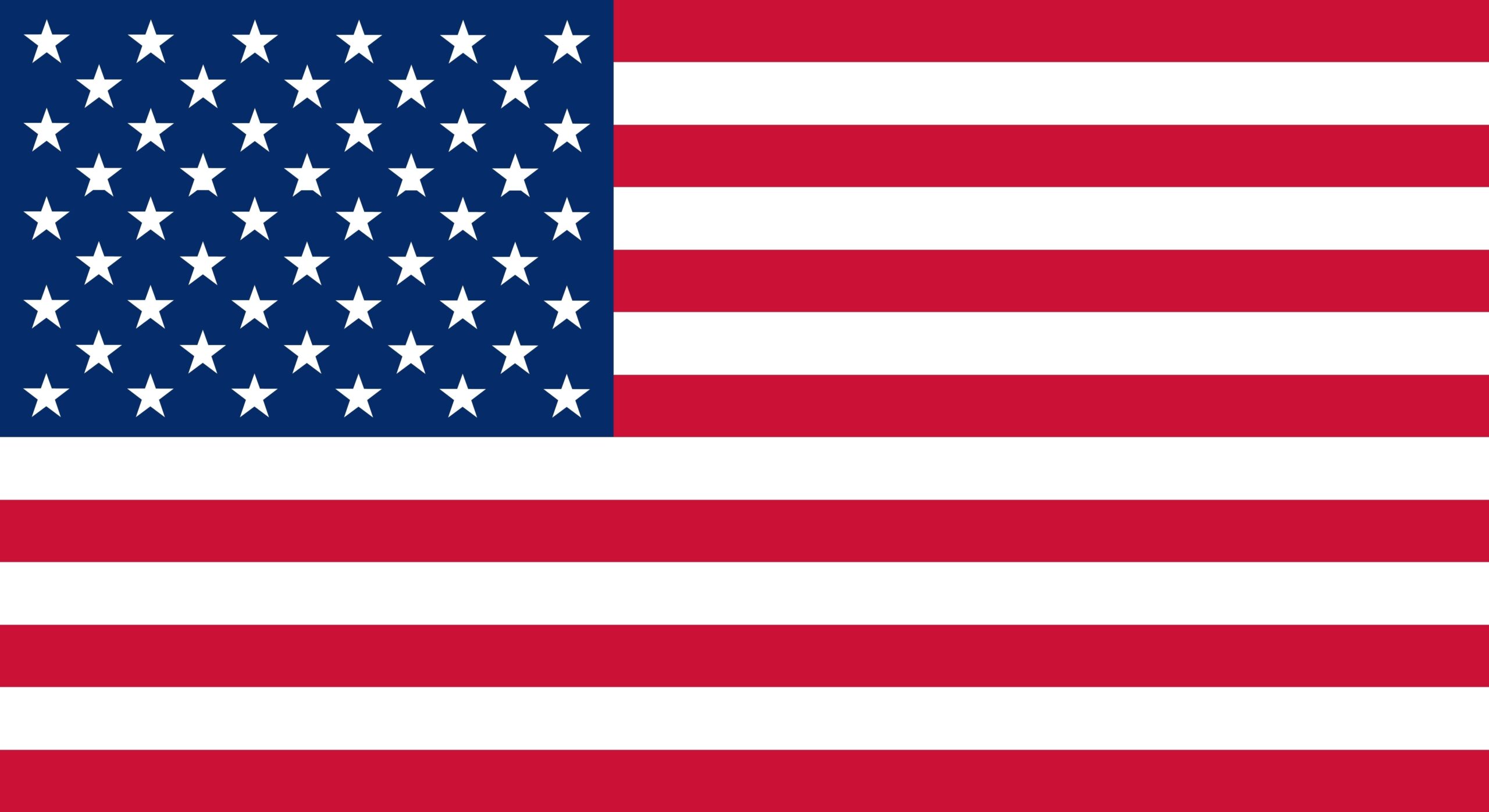 USA – 31.5%
USA – 31.5% Japan – 14.5%
Japan – 14.5% China – 14%
China – 14% Germany – 11%
Germany – 11%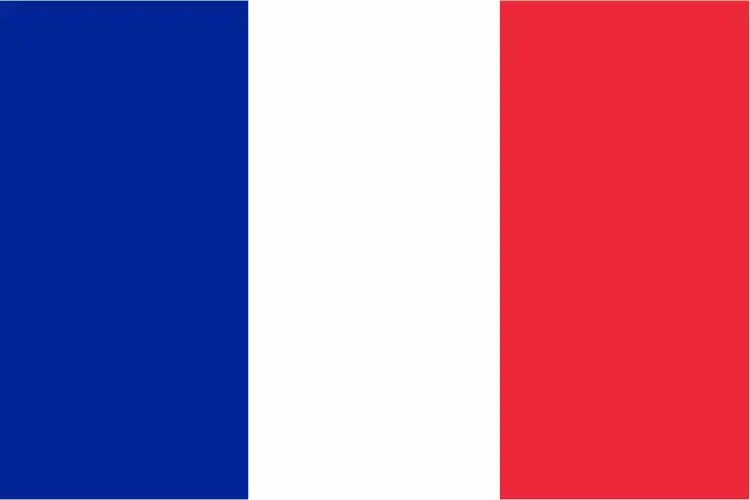 France – 10.5%
France – 10.5%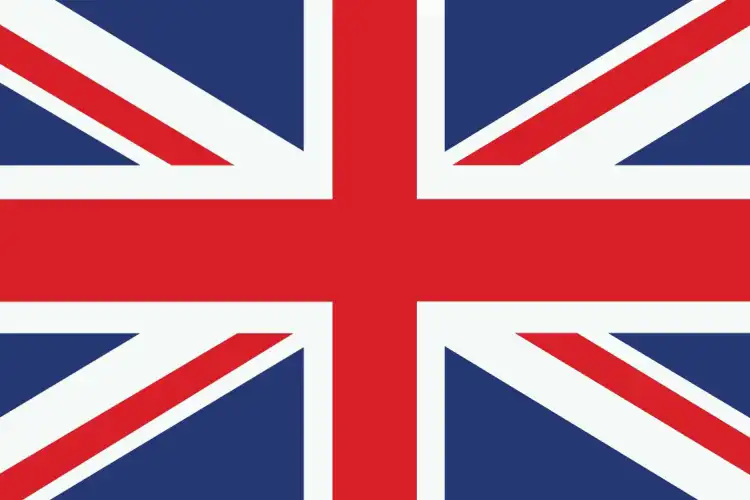 UK – 4.5%
UK – 4.5%
These numbers reflect the proportion of habitat disruption caused by consumer demand in these nations. The authors created dynamic, mappable data models and visual overlays showing biodiversity hotspots linked to national consumption.
Why this matters
A whopping 90 per cent of global habitat loss is driven by agricultural expansion. And 75 per cent of developed countries contribute more to biodiversity loss abroad than at home. If we don’t address the global consequences of our consumption patterns, efforts to protect nature locally may be undermined entirely.
Conservation pardox
In a paradox highlighted by a University of Cambridge study, efforts to rewild land in Europe — including the UK — could be making the situation worse. When cropland is returned to nature in Europe, it shifts food and timber demand to parts of the world with fewer environmental protections, often in biodiversity-rich regions such as South America and Africa.
‘Areas of much greater importance for nature are likely to pay the price for conservation efforts in wealthy nations,’ warns Professor Andrew Balmford, the study’s lead author.

